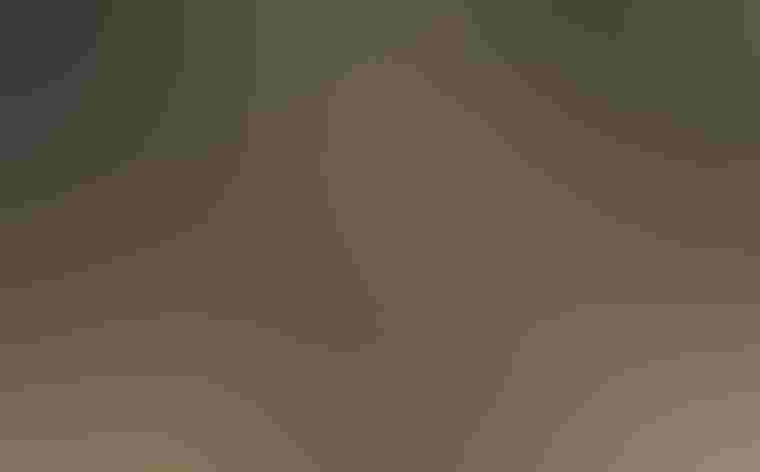Mottled Duck
At a Glance
A close relative of the Mallard, the Mottled Duck is the only dabbling duck specialized for nesting in southern marshes, far to the south of most of its relatives. Unlike most waterfowl, Mottled Ducks are almost never seen in large flocks, generally traveling in pairs or small groups. A major threat to their survival is the release of numerous pet Mallards in Florida and elsewhere in southeast; these feral birds interbreed with Mottled Ducks, diluting the wild population of the latter.
All bird guide text and rangemaps adapted from by Kenn Kaufman漏 1996, used by permission of Houghton Mifflin Harcourt Publishing Company. All rights reserved.
Category
Duck-like Birds, Surface Feeding Ducks
IUCN Status
Least Concern
Habitat
Coasts and Shorelines, Freshwater Wetlands, Lakes, Ponds, and Rivers, Saltwater Wetlands
Region
Florida, Plains, Southeast, Texas
Behavior
Direct Flight, Swimming
Population
180.000
Range & Identification
Migration & Range Maps
Mostly non-migratory, but makes local movements in response to changes in habitat conditions. Some birds from western Gulf Coast may move southward along Mexican coast in winter.
Description
21" (53 cm). Both sexes look like a darker version of female Mallard, but bill is bright yellow (male) or dull yellow (female); blue wing patch (speculum) lacks broad white borders. At a distance, looks much like American Black Duck (rare in deep south), but body paler, head more buff. In the southwest, from southern and western Texas to Arizona, compare to Mexican Duck.
Size
About the size of a Crow, About the size of a Mallard or Herring Gull
Color
Brown, Green, Orange, Tan, Yellow
Wing Shape
Broad, Pointed
Tail Shape
Rounded, Short, Square-tipped
Songs and Calls
A loud quack, like that of a Mallard.
Call Pattern
Flat, Simple
Call Type
Croak/Quack
Habitat
Marshes. Open marshy country, wet prairies, rice fields. Favors treeless country, wide horizons. In coastal areas, usually found in fresh or brackish ponds adjacent to coast rather than in salt marsh.
Sign up for 爆料公社's newsletter to learn more about birds like the Mottled Duck
Behavior
Eggs
8-12, sometimes 5-13. Whitish to pale olive. Generally fewer eggs in later clutches. Incubation is by female only, 24-28 days.
Young
leave nest shortly after hatching; female leads them to feeding sites, and young feed themselves. Young can make short flights to escape danger at about 50 days; capable of sustained flight at 60-70 days.
Feeding Behavior
forages in shallow water, mostly by dabbling with bill at mud just below water's surface, occasionally by up-ending. Young ducklings frequently dive underwater to feed; adults seldom do.
Diet
omnivorous. Diet includes seeds of aquatic plants and grasses, insects, snails, occasionally small fish. Young ducklings feed almost entirely on insects and other invertebrates.
Nesting
Pairs usually formed in fall, with breeding activity beginning in January. Pairs may prospect for nest sites together, flying low over marsh. Nest site is in dense growth in marsh or prairie, sometimes on canal bank or in agricultural field, usually within 600' of water. Where supported in dense clumps of grass, nest may be several inches above ground. Nest is shallow bowl of grasses, reeds, lined with down and breast feathers.
Conservation
Conservation Status
Draining and destruction of marshland has had serious impact on total population. Also, a major threat to survival of "pure" stock is interbreeding with Mallards. Although breeding range of wild Mallard does not overlap with that of Mottled Duck, released pets have formed large feral populations of Mallard that have hybridized with Mottleds, especially in Florida.
Climate Threats Facing the Mottled Duck
Choose a temperature scenario below to see which threats will affect this species as warming increases. The same climate change-driven threats that put birds at risk will affect other wildlife and people, too.







